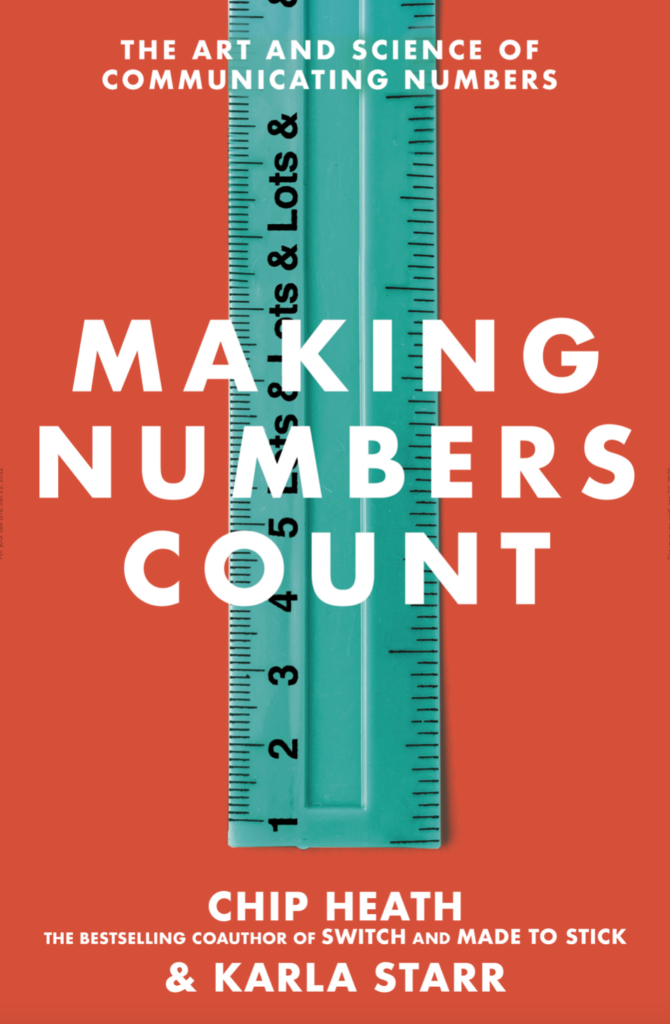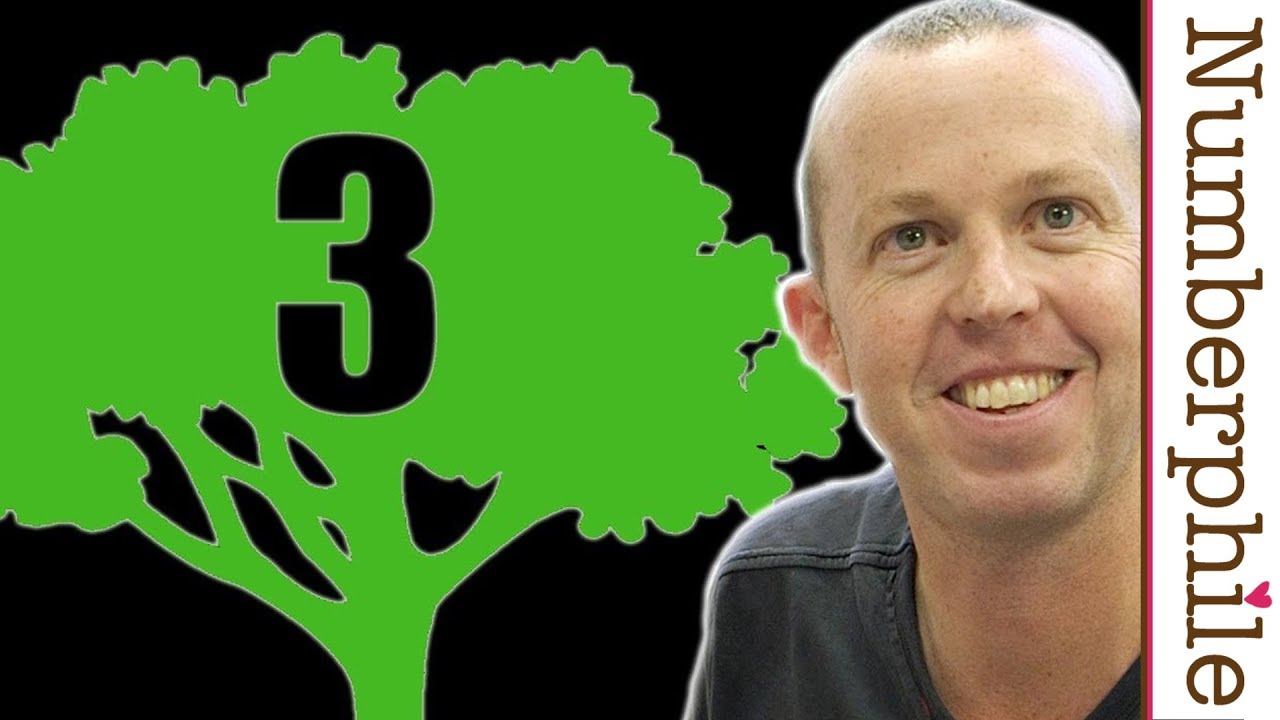
Looking for a good read? Here is a recommendation. I have an unusual approach to reviewing books. I review books I feel merit a review. Each review is an opportunity to recommend a book. If I do not think a book is worth reading, I find another book to review. You do not have to agree with everything every author has written (I do not), but the fiction I review is entertaining (and often thought-provoking) and the non-fiction contain ideas worth reading.
Book Review
Visualizing Numbers Effectively
Reviewed by Mark Lardas
February 20, 2022
“Making Numbers Count: The Art and Science of Communicating Numbers,” by Chip Heath and Karla Starr, Avid Reader Press/Simon & Schuster, 2022, 208 pages, $24.00 (Hardcover), $17.75 (Paperback), $13.99 (Ebook)
Most people have trouble with numbers. They easily visualize up to twelve. Once beyond 100 numbers kind of blur together. There is a difference between a one in 500 chance of something happening and a one in a million chance, but most people do not really understand it. Or the difference between a million and a billion.
“Making Numbers Count: The Art and Science of Communicating Numbers,” by Chip Heath and Karla Starr, offers a solution to that problem. It presents tools to understand numbers and effectively communicate the meaning numbers to others. The authors provide a step-by-step process to give readers mastery of number using a few simple rules.
Take the difference between a million and a billion. Heath and Starr have readers visualize the difference this way: a million seconds is twelve days; a billion seconds is 32 years. You suddenly appreciate the scale of the difference. Twelve days is two workweeks linked by a weekend. Thirty-two years? Depending on your age, it could be twice your lifespan, your lifespan, or half your lifespan. Regardless ofyour yardstick, you know it is a whole lot more than two workweeks linked by a weekend.
Heath and Starr then present the rules used to develop this analogy. Translate everything into understandable concepts, focus on one thing at a time, and use user-friendly numbers. They go beyond this, explaining the strength of analogy, keeping numbers on a human scale, using techniques to convert abstract numbers in concrete concepts, and models to make things understandable. It sounds simple once they break things down.
There are times while reading “Making Numbers Count” you are reminded of Mark Twain’s adage that “there are lies, damn lies, and statistics.” Heath and Starr are open about using their techniques to sway opinion and shape your intellectual battlefield. They show how to make effective emotional appeals using numbers. They also make you aware when these techniques are used on you.
“Making Numbers Count” is written both for people that intuitively grasp numbers and those for whom numbers are an impenetrable barrier. Those comfortable with numbers will find it a tool which allows them to effectively communicate the meaning of numbers to others. Those who preface discussions by stating “I was told there would be no math” will realize “Making Numbers Count” allows them to grasp numbers with a minimum of math. Either way, this book is worth reading.
Mark Lardas, an engineer, freelance writer, historian, and model-maker, lives in League City. His website is marklardas.com .
